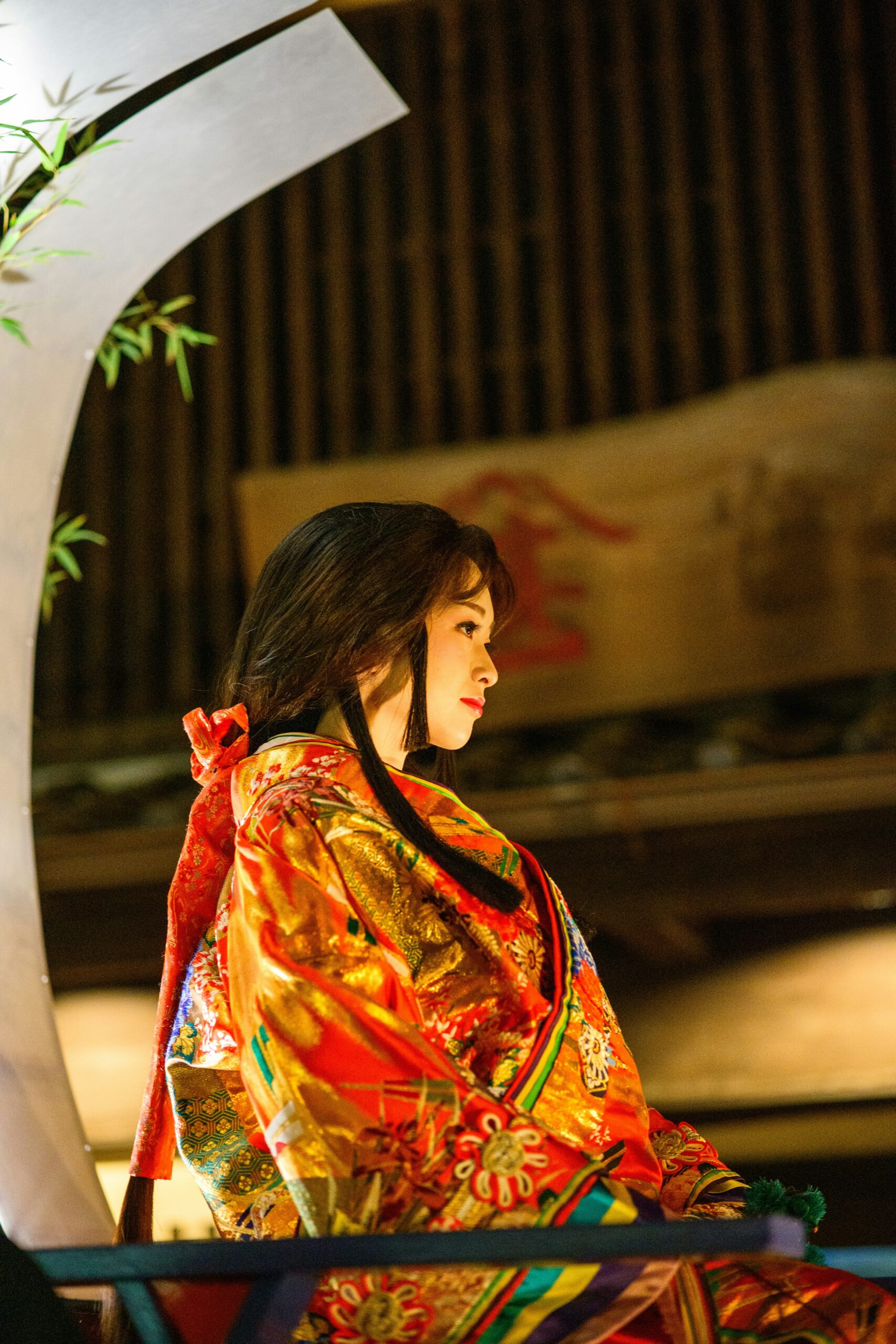
In the heart of Kyoto, where time seems to move to the rhythm of temple bells and the scent of incense lingers in the air, two of Japan’s most refined traditions come together: the elegant art of wearing a kimono and the meditative practice of Kōdō — the Way of Incense.
This is not just a cultural experience. It is a journey into your senses — sight, smell, touch, and emotion — and a perfect opportunity to capture the timeless beauty of Kyoto through photography.
Discover a unique experience where the essence of Japanese elegance is not only felt but seen, smelled, and remembered forever.
👉 Book your photo session here
- Kyoto: The Soul of Japanese Tradition
- What Is Kōdō — The Way of Incense?
- The Ritual of Listening to Incense
- The Kimono: Elegance in Every Fold
- The Experience of Transformation
- Merging Traditions: A Complete Sensory Journey
- Step-by-Step: What to Expect
- Why This Experience Is Perfect for Photography
- Practical Tips for Visitors
- Respecting the Ritual
- A Bridge Between Worlds
- Why Choose Kyoto Over Tokyo for Cultural Experiences
- Final Reflection
Kyoto: The Soul of Japanese Tradition

Kyoto, Japan’s ancient capital for over a millennium, remains the guardian of the country’s deepest cultural heritage. While Tokyo races forward, Kyoto breathes — slow, deliberate, elegant. Every corner hides a temple, a garden, or a story whispered by the wind through bamboo groves.
The city’s charm is in its contrasts: narrow alleys of Gion where geiko still walk in silence, moss gardens glistening with morning dew, and the golden reflection of Kinkaku-ji on a still pond.
This is the perfect backdrop for a sensory and photographic experience. The texture of silk, the fragrance of rare woods, and the sound of burning incense become one harmonious composition — a living work of art.
What Is Kōdō — The Way of Incense?
Kōdō (香道) literally means “the Way of Incense.” It is one of Japan’s three classical arts of refinement, alongside the tea ceremony (Chadō) and flower arrangement (Kadō).
Dating back to the Heian period (794–1185), incense was first used in Buddhist rituals and later adopted by the imperial court as a form of cultural expression. Aristocrats gathered to “listen” to incense — not merely smell it, but sense its subtle character, mood, and story.
Over the centuries, Kōdō evolved into a formalized art practiced by samurai, scholars, and nobles. Each scent carries emotion, memory, and season — an invisible poem.
The Ritual of Listening to Incense
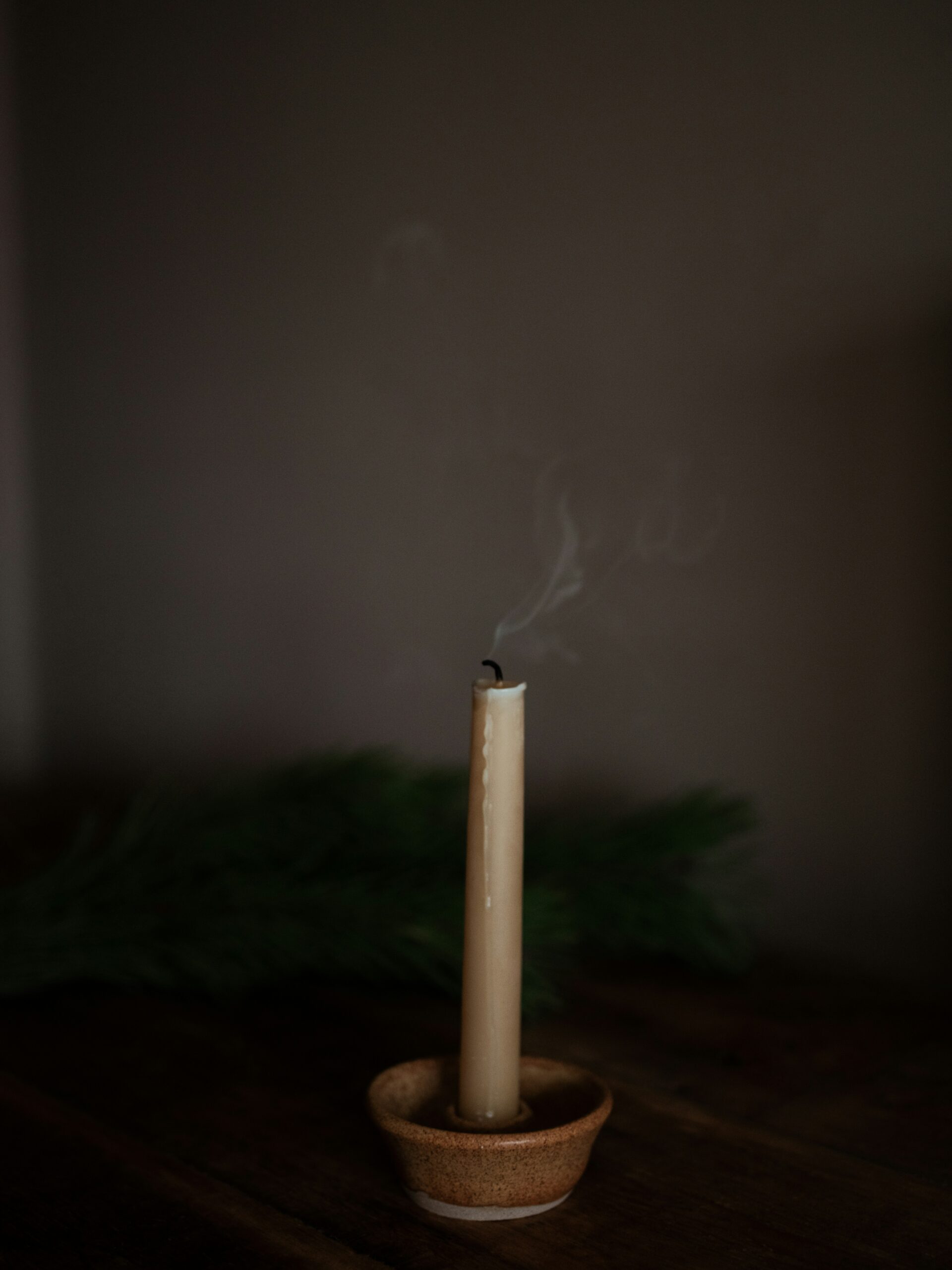
In a Kōdō ceremony, participants sit quietly on tatami mats. A small piece of fragrant wood, often agarwood or sandalwood, is gently heated rather than burned. The smoke rises slowly, carrying delicate notes that reveal themselves only to those who truly listen.
The ceremony often includes “incense games” (kumikō), where guests guess the scents, and poetic references to seasons or emotions are shared.
Unlike perfume, incense in Kōdō is not meant to impress — it is meant to connect. The experience purifies the senses and sharpens the mind.
The ten virtues of incense, according to ancient Japanese tradition, include:
- It refreshes the mind and body.
- It purifies the heart.
- It removes impurities.
- It promotes alertness.
- It offers peace even in abundance.
- It brings harmony in solitude.
Participating in Kōdō feels like meditation — a dialogue between you and the invisible.
The Kimono: Elegance in Every Fold
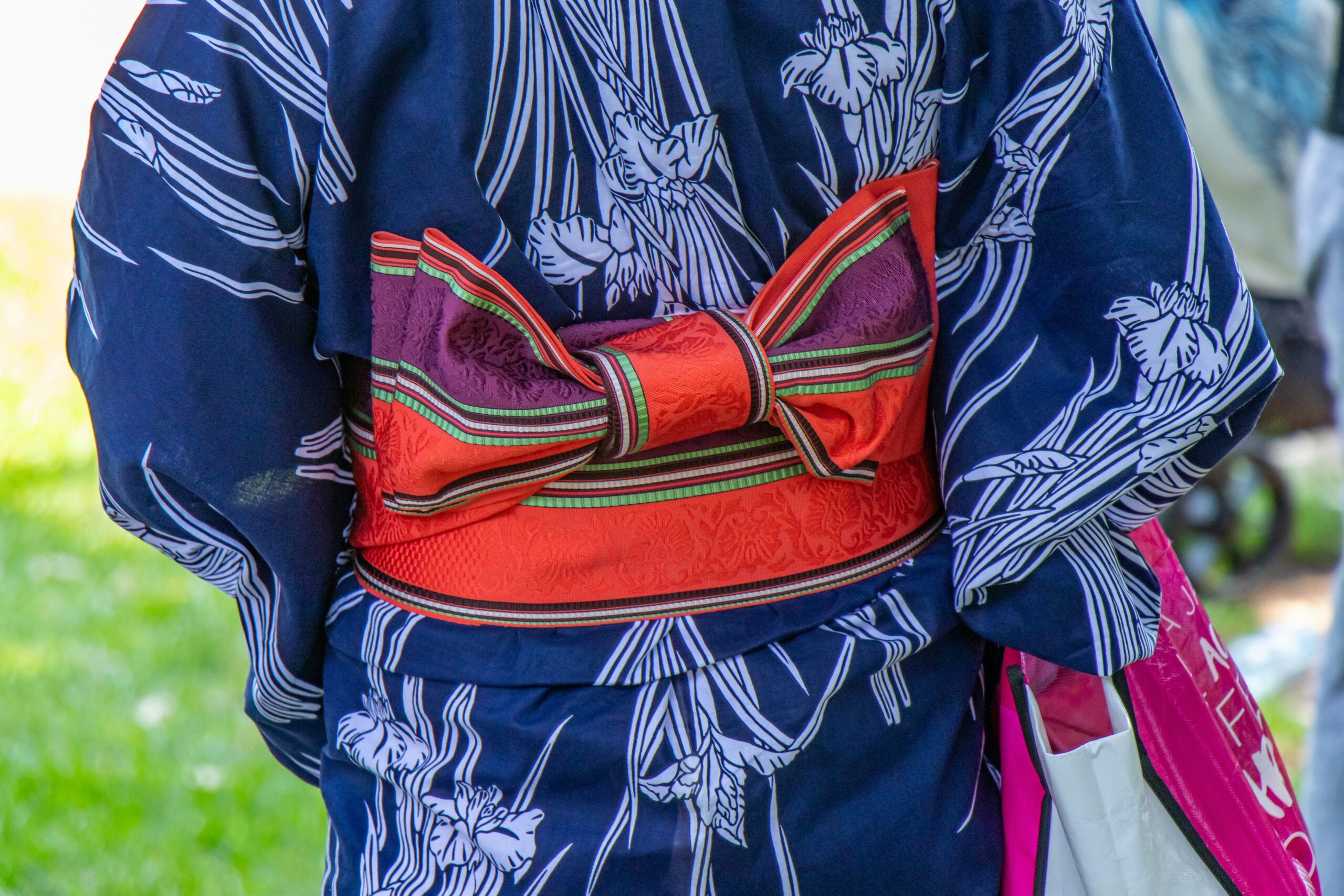
Before entering the incense room, you are dressed in a kimono, Japan’s most iconic garment.
Wearing a kimono is an art in itself. Each layer, fold, and knot follows centuries of tradition. Fabrics of silk, patterns representing seasons, and vibrant colors all express a quiet beauty.
When the obi (belt) is tied and your reflection shows the harmony of design and grace, you don’t just wear Japanese culture — you become part of it.
The Experience of Transformation
Being dressed in a kimono is not only visual; it’s emotional. The rustle of fabric, the weight of the layers, the delicate scent of incense mixing with the touch of silk — it all creates an awareness of presence.
In Kyoto, this transformation is amplified by the surroundings:
- Wooden machiya houses with sliding shoji screens.
- Stone paths bordered by moss gardens.
- Gentle afternoon light filtering through temple gates.
Every moment becomes a photograph waiting to happen.
Merging Traditions: A Complete Sensory Journey
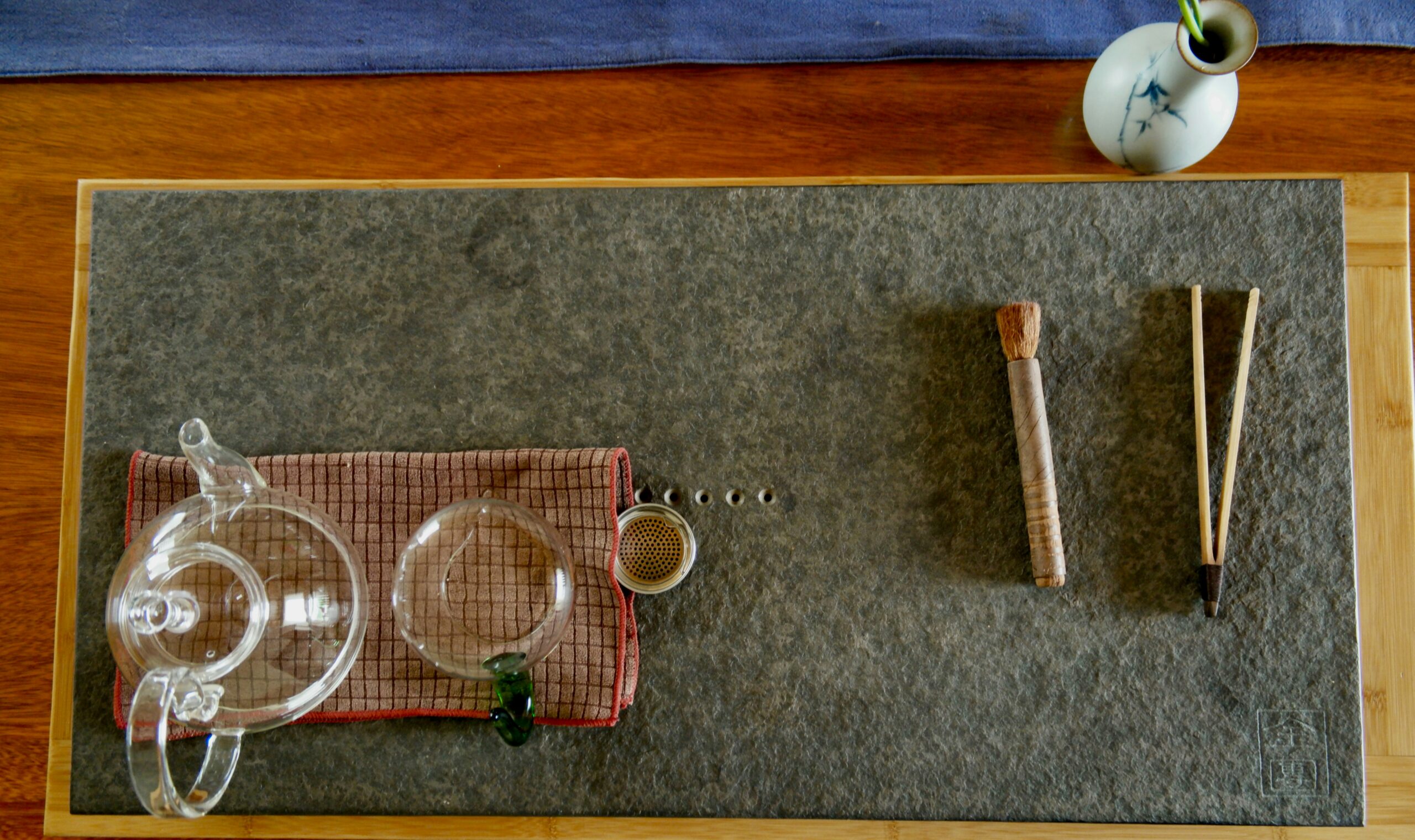
Combining the kimono and incense ceremony creates an experience that engages every sense:
- Sight: The colors and textures of the kimono against Kyoto’s timeless scenery.
- Smell: The fragrance of rare woods floating in the air.
- Touch: The feel of silk and tatami under your hands.
- Sound: The quiet crackle of charcoal and distant temple bells.
- Emotion: The serenity that fills your heart when you pause and simply exist.
This is not a performance — it is participation in beauty itself.
Step-by-Step: What to Expect
Welcome & Introduction
Guests are greeted by friendly hosts who explain the traditions of kimono and Kōdō.
Kimono Selection & Dressing
Choose your favorite pattern and color. You will be dressed carefully by professionals, transforming into an image of Japanese grace.
Photography Session
Capture portraits in Kyoto’s most picturesque settings: tatami rooms, wooden alleys, or tranquil gardens.
Incense Ceremony
Move into a quiet room. The host prepares the incense, and you are guided to “listen” and discover each scent’s character.
Reflection & Farewell
End the experience with tea or sweets, carrying home not just photos — but calm and wonder.
Why This Experience Is Perfect for Photography
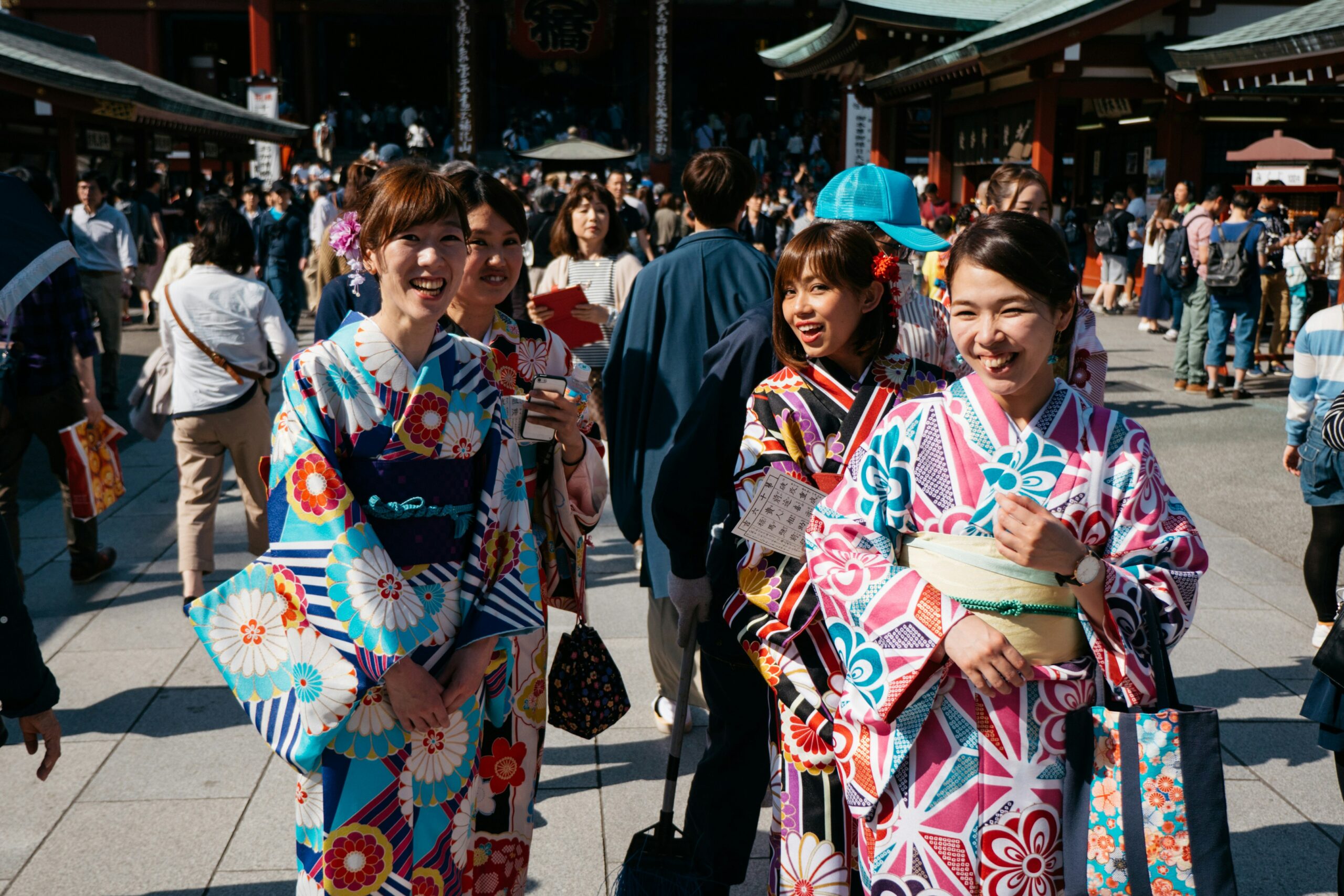
Photography in Kyoto is more than capturing sights; it’s capturing feeling.
The soft curl of incense smoke, the elegant tilt of a kimono sleeve, the play of light on a garden stone — each image tells a story of stillness and grace.
Photographs from this session are timeless souvenirs. They express elegance, serenity, and authenticity — qualities that modern visitors crave but rarely find.
Professional photographers in Kyoto, like those at AllPhoto Kyoto, specialize in revealing this essence through light and emotion, turning your moments into works of art.
Practical Tips for Visitors
- Best time to book: Morning or late afternoon for soft natural light.
- Duration: Approximately 90–120 minutes.
- Attire: Bring or borrow simple undergarments; everything else is provided.
- Footwear: Comfortable sandals for outdoor photos.
- Weather: Rain creates beautiful reflections; don’t be discouraged by cloudy days.
Respecting the Ritual
Remember: Kōdō is an art of mindfulness. During the ceremony, silence is part of the language. Move gently, observe, breathe, and let the experience unfold.
Your photographer will capture moments discreetly, preserving the sacred atmosphere of the ritual.
A Bridge Between Worlds
What makes this experience truly powerful is its fusion of ancient and modern.
As incense smoke swirls in a centuries-old tatami room, your photographer’s lens immortalizes it for the digital age. You participate in something timeless — and share it instantly with the world.
This is Kyoto’s unique magic: where old meets new, serenity meets creativity, and beauty becomes eternal.
Why Choose Kyoto Over Tokyo for Cultural Experiences
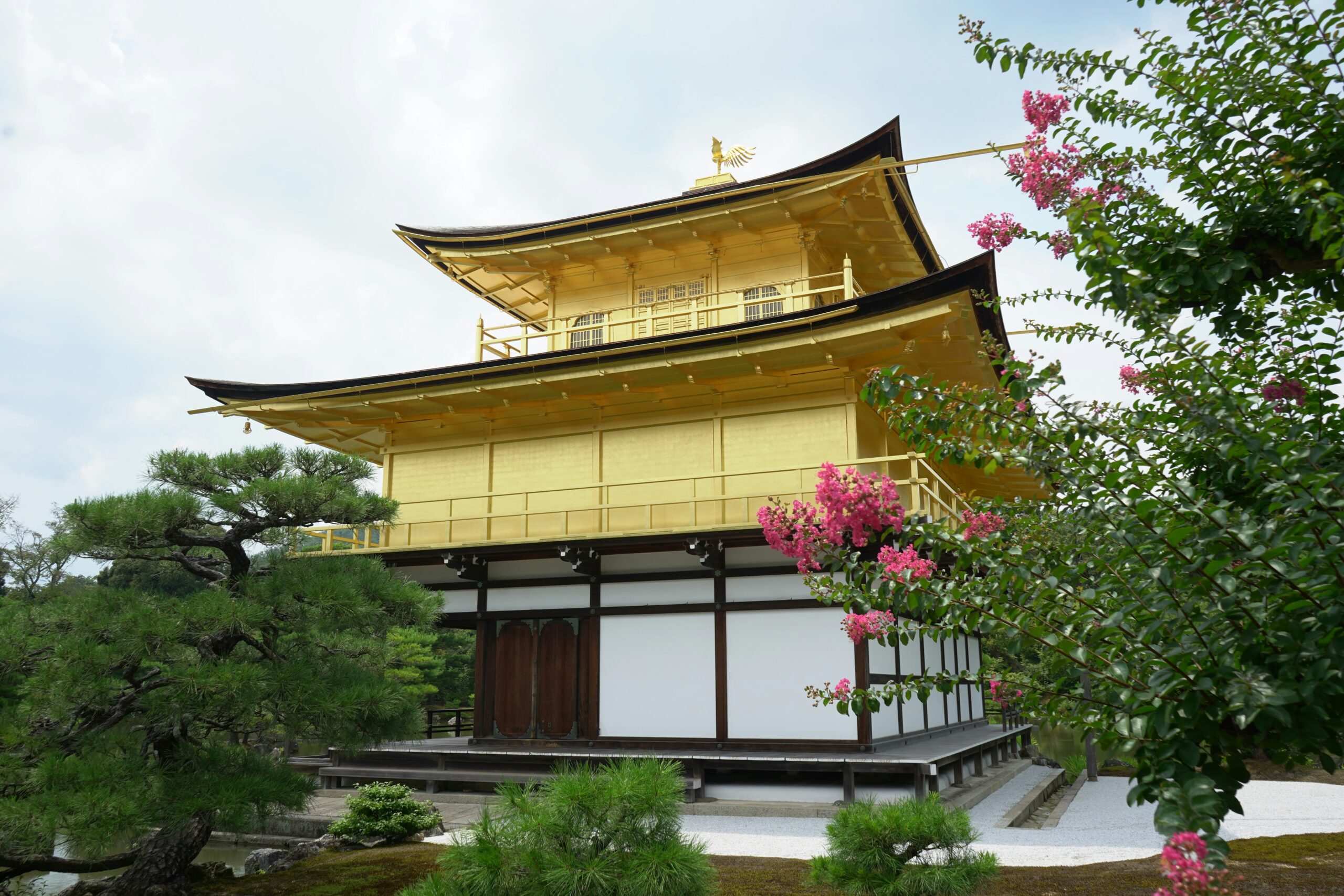
While Tokyo offers the buzz of modern Japan, Kyoto offers stillness and soul.
Here, culture is not staged — it is lived. You can feel history in every wooden beam, every stone path, every scent of incense drifting through temple doors.
Kyoto’s slower rhythm lets you immerse yourself fully. The city itself becomes part of your photograph, telling stories that words cannot.
Final Reflection
To wear a kimono is to embody grace.
To practice Kōdō is to awaken the senses.
To do both in Kyoto is to experience Japan’s true spirit.
When you merge these traditions — and capture them through photography — you create not just an image, but a memory woven from light, scent, and silence.
For travelers seeking something genuine, peaceful, and beautiful, this is the complete sensory experience.
Book your session today and let Kyoto reveal its soul to your senses and your camera:👉 https://allphoto-kyoto.com/


コメント